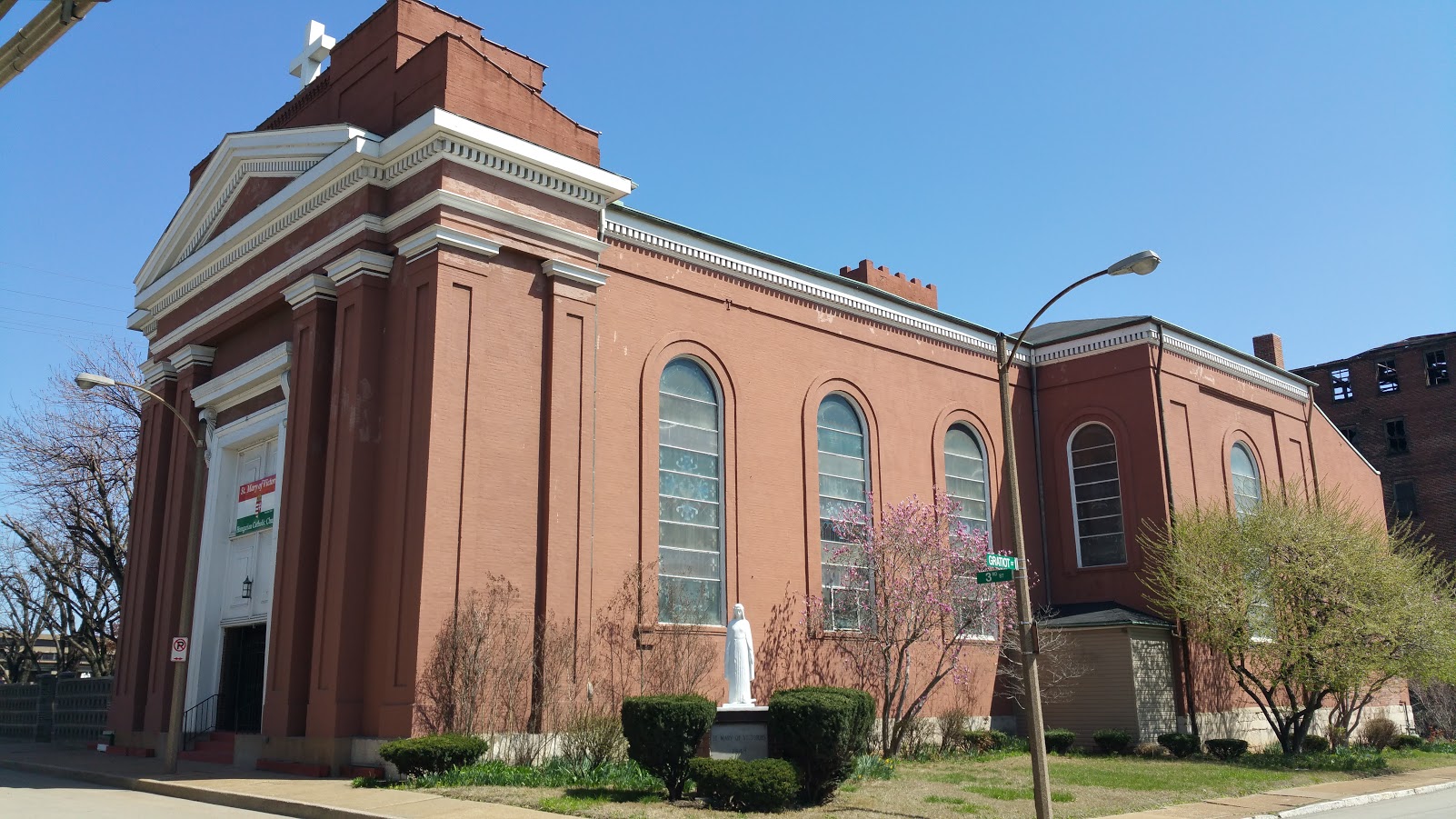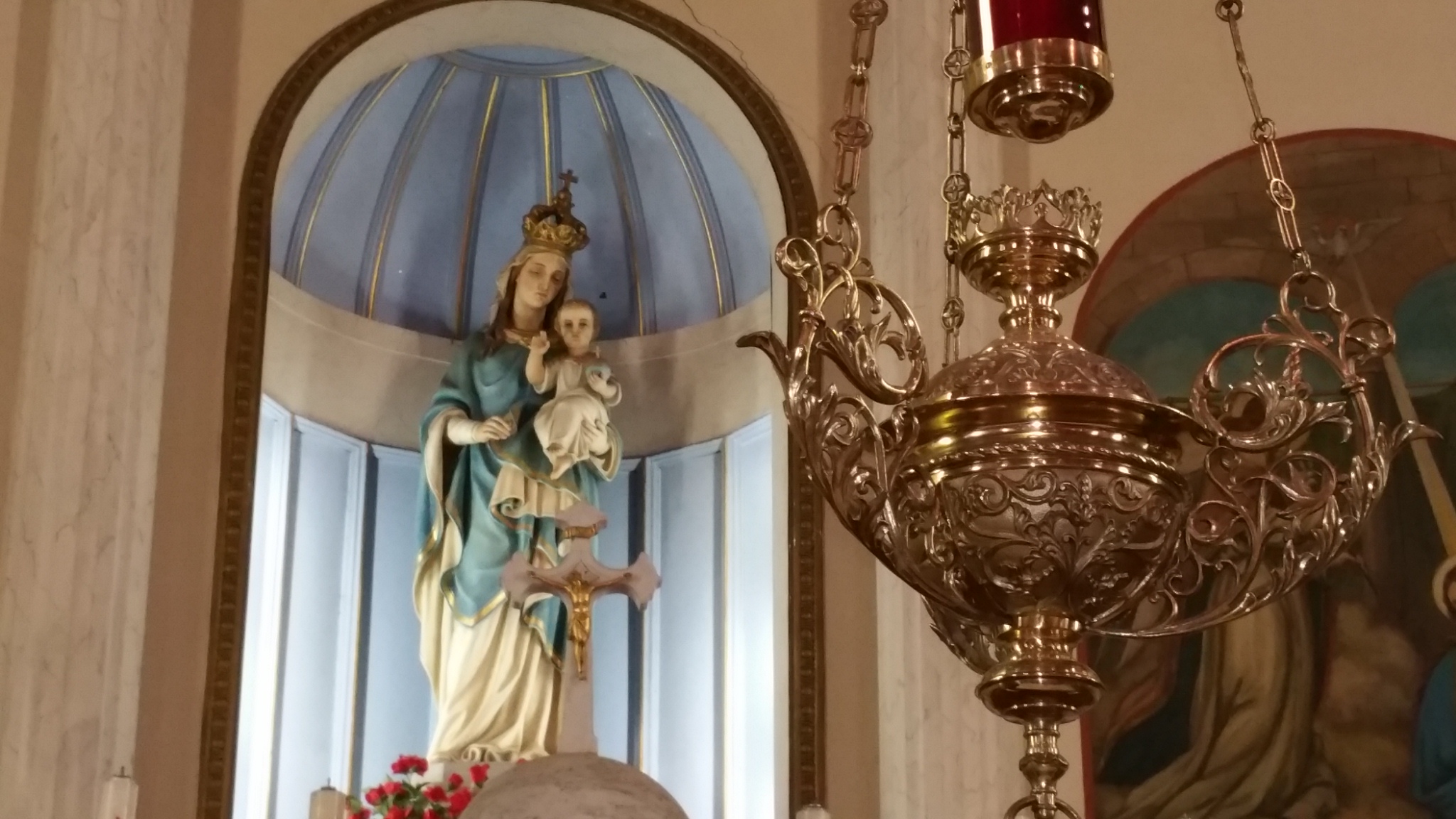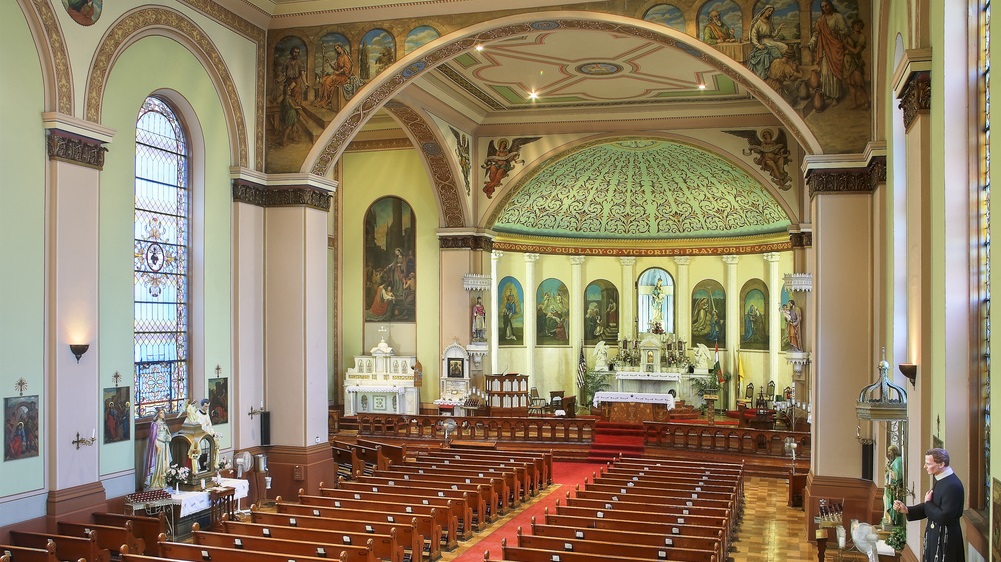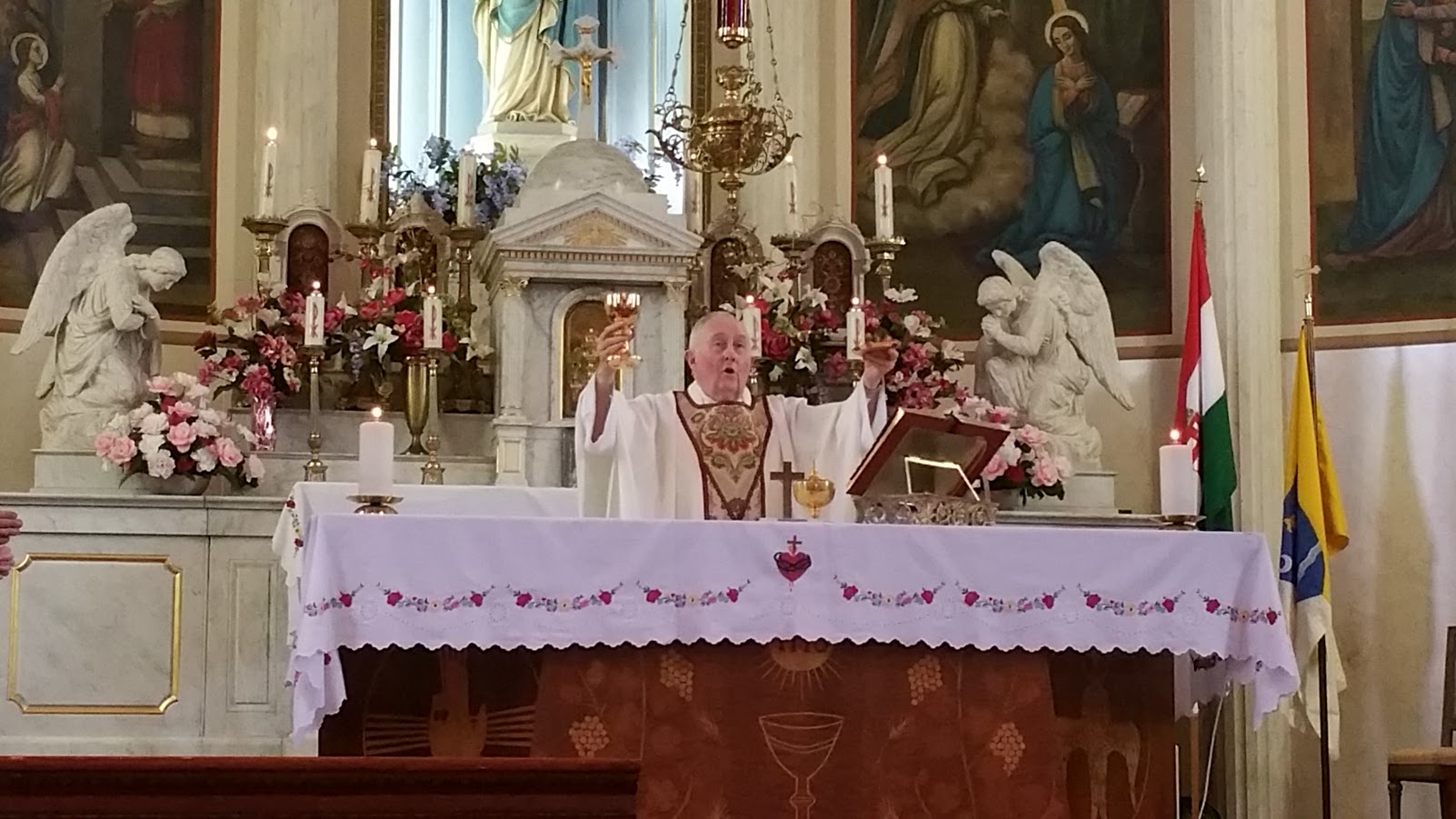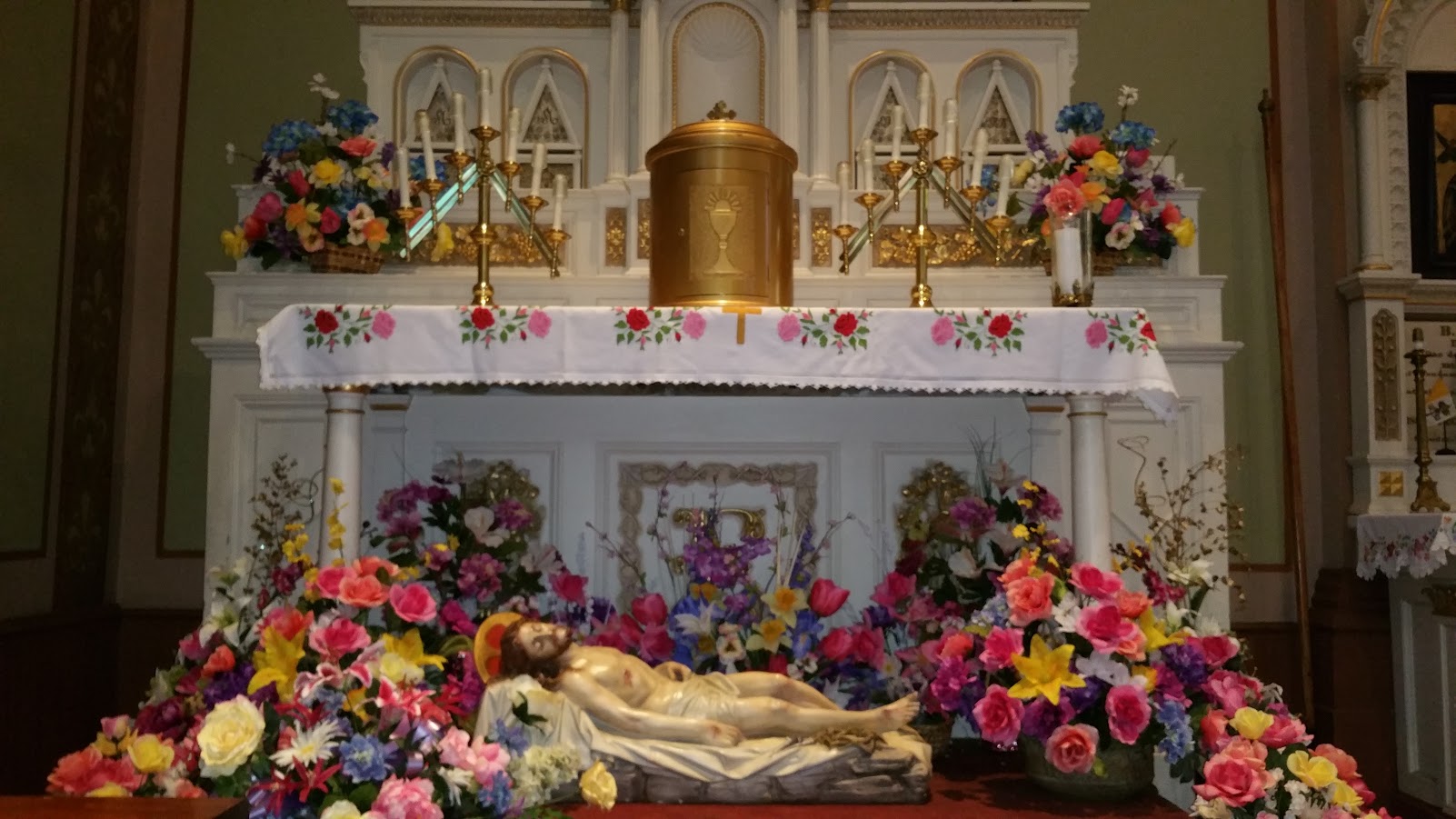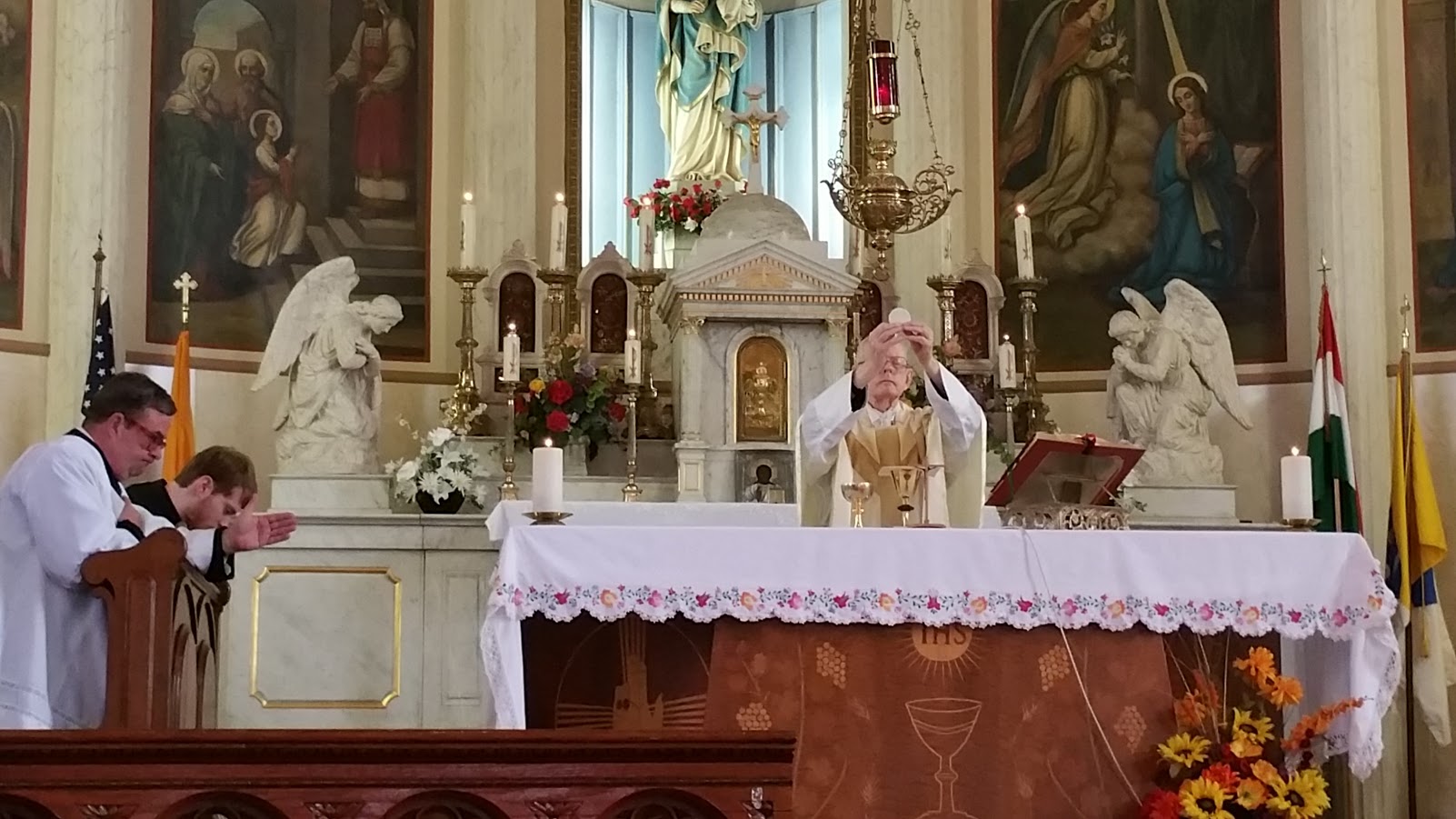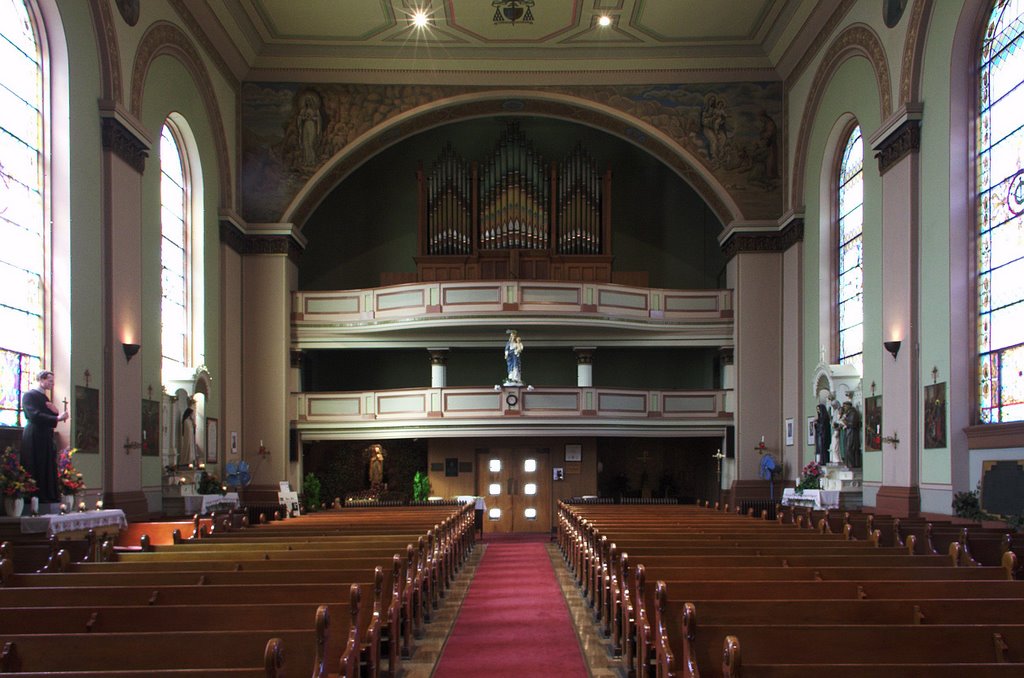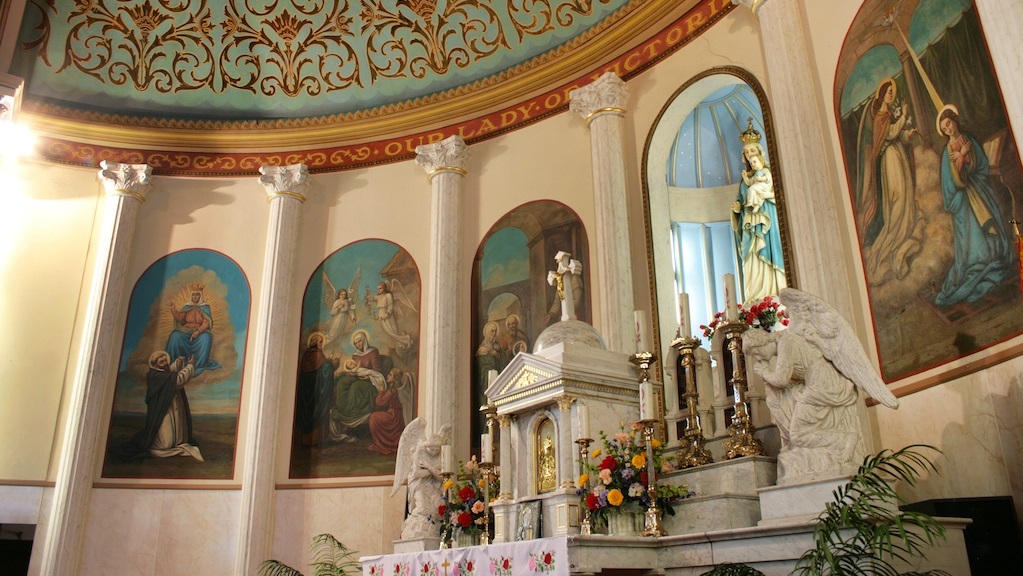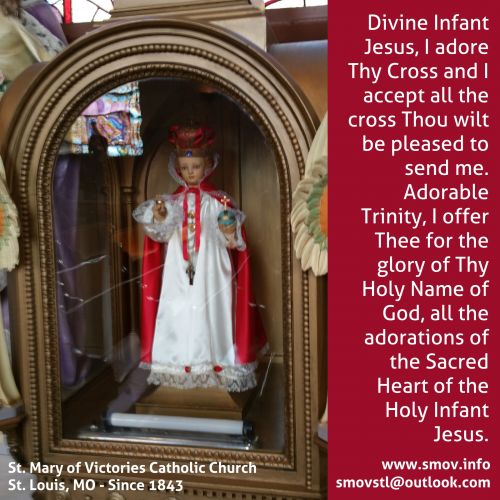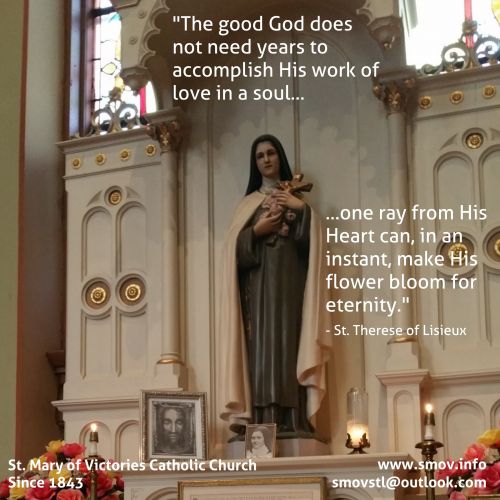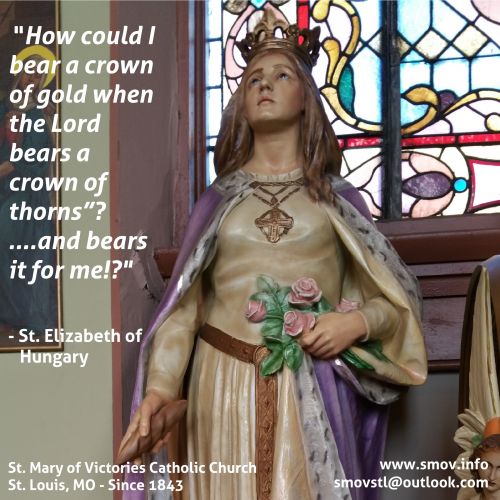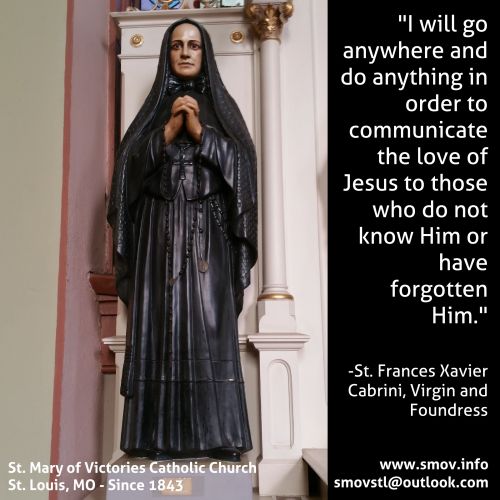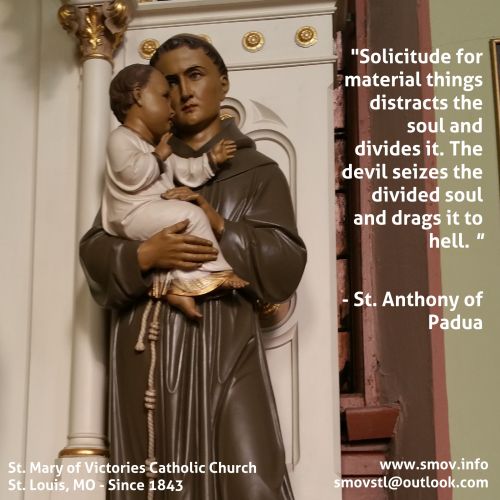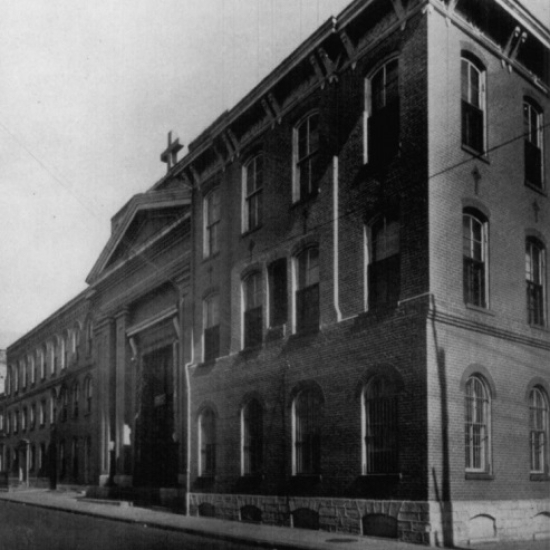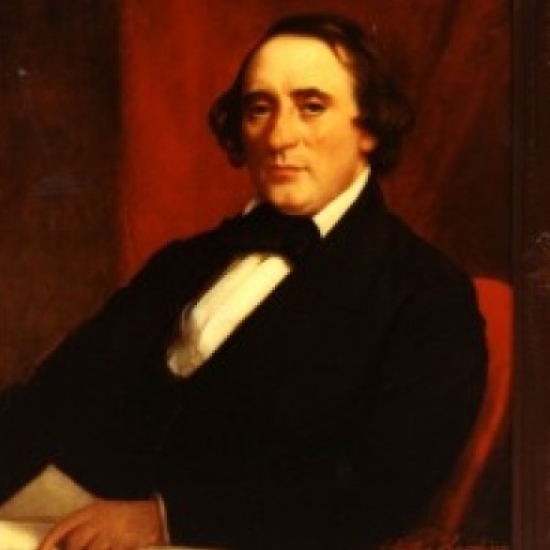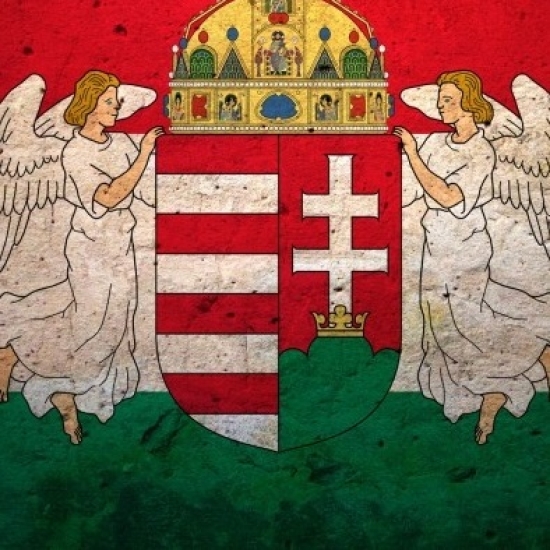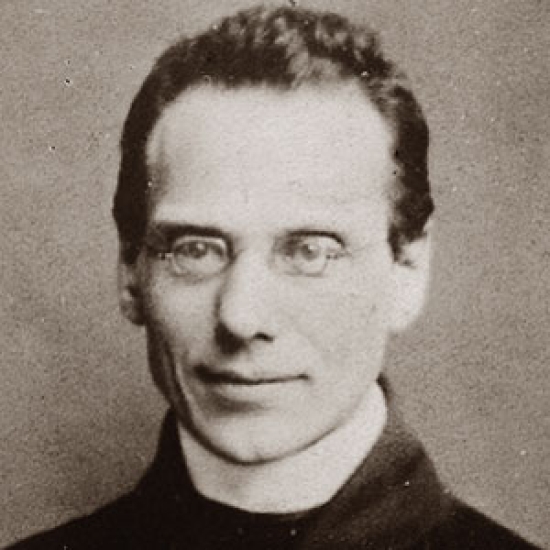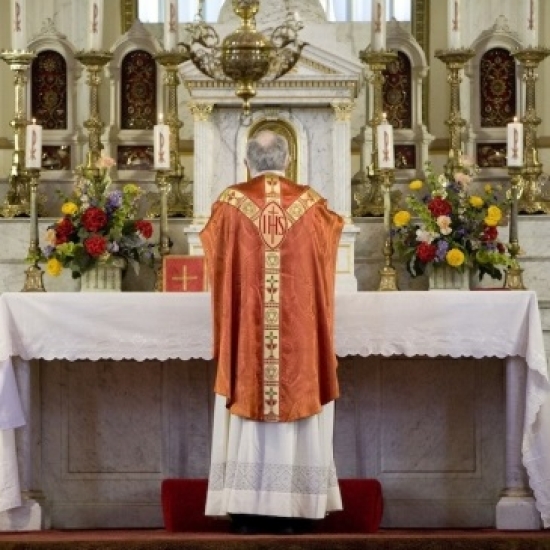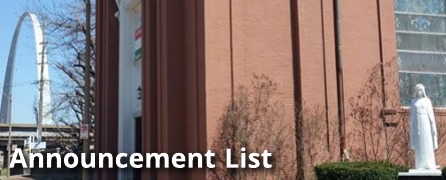1st January 2013, Solemnity of Mary, Mother of God
Introit: Salve sancta Parens, begin on C (as la)
Offertory: Of the Father's love begotten, p. 332, begin on D
Communion: Exulta filia Sion, begin on D (as re)
Pre-Recessional: Te Deum, PBC, pp. 110ff. (Cf. note below.)
Recessional: Bethlehem of noblest cities, p. 339, begin on C
Ordinary from Mass IX (Cum Jubilo), PBC pp. 55ff. [Gregorian Missal, pp. 106ff.]
N.B. After the dismissal and the celebrant and acolytes have taken their places at the foot of the altar, the celebrant will intone the Te Deum, and all will sing it together. We kneel for the verse Te ergo quaesumus . . . sanguine redemisti, as indicated in the PBC. After the Te Deum and its verses and collect, as found in the PBC, we will sing the Recessional hymn and the celebrant and acolytes will process out as usual.
The Introit antiphon is short, so we will repeat the antiphon between the psalm verse and the GP. The antiphon has three phrases:
1. Salve sancta Parens
2. enixa peurpera Regem
3. qui caelum terramque regit in saecula saeculorum
The bulk of the repertoire of proper chants for the Mass (= today's Graduale Romanum) was in place by the end of the ninth century (AD). As new feasts and celebrations were added, composers composed new melodies or, more often, adapted existing melodies from the repertoire to produce suitable chants for the texts of the new formularies. The melody of this Introit Salve sancta Parens was adapted from the melody of the Epiphany Introit Ecce advenit early in the eleventh century, to be sung in various Masses in honour of the BVM. So you may want to have a look at next Sunday's Introit to better understand this one.
In former days, this was one of the most well known Introits in the repertoire, because it was sung in the Mass of the BVM on Saturday—except in Advent, when the Introit Rorate caeli replaced it—in a special votive Mass formulary permitted on Saturdays when there was no greater feast assigned. It was beloved by clergy and faithful, and it complemented the popular tradition of Saturday as a day of special devotion to Our Lady.
In comparing the two melodies, you can get a taste of the mixed results from these adaptations. E. g., the melodic forms over the accented syllables Re-(gem) and (saecu)-lo-(rum) in this Introit work better than over the unaccented syllables (Do)-mi-(nus) and (impe)-ri-(um) in that of Epiphany. OTOH, the placing of the podatuswith its fourth on the unaccented syllable of (sae)-cu-(la), is more effective in the Epiphany Introit where it gives prominence to the word potestas and its word-accent.
The Communion antiphon is taken from the 2nd Mass of Christmas (Lux fulgebit, The Mass at Dawn). It has three phrases:
1. Exsulta filia Sion
2. lauda filia Jerusalem
3. ecce Rex tuus venit, sanctus et salvator mundi.
The liturgical celebration of the Octave Day of Christmas has undergone a number of identity changes through the centuries. In the decade before the current calendar [= 1960-1969], it was simply the Octave Day of Christmas, and the formulary was mostly that of the 3rd Mass of Christmas (Puer natus est, the Mass of the Day). Prior to that, it was for several centuries the feast of the Circumcision. This verse from the Prophet Zachariah harkens back to that theme, as the verse was seen from early Christian times as a prophecy of Jesus the Messiah actually being present in the Temple. Of course, the filia Sion and filia Jerusalem are often used as titles for Our Lady, whose solemnity it is in the current Roman Calendar. So the conflation of images and allusions in this one verse gives us a picture of Mary, the Theotokos, bearing her Son, who is God, into the Temple (Sion, Jerusalem) and now into our lives as Saviour. A rather classic Mode 4 formulation, ending on mi. Although often mi is a weak and incomplete note that doesn't ever quite beget a true cadence—as a couple of you have already commented to me during our practice sessions—in Mode 4 it typically speaks of the lingering contemplation we should have over the meaning of the text we have just proclaimed. We are singers, but we are also believers striving to deepen our understanding of what we sing. The climax at do over fi-(lia Jerusalem) and over (Rex tu-)us speak of the intimate connection between the holy city and the coming Messiah, and between THE daughter of Jerusalem and her royal Son.
The Octave Day of Christmas is also, at least in the Gregorian and Julian calendars, New Year's Day. It has long been a tradition to sing the Te Deum on New Year's Eve, or New Year's Day if the community does not meet on New Year's Eve. We give thanks for the blessings of the year just ended and praise God for bringing us safe to another new year. In recent years, the Holy Father himself has presided over the Vespers of New Year's Eve (= 1st Vespers of the Solemnity of Mary, Mother of God) in St Peter's, after which the Te Deum is sung, to give a renewed prominence to this tradition.
